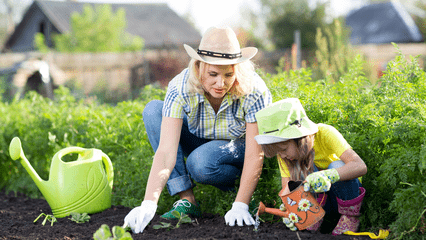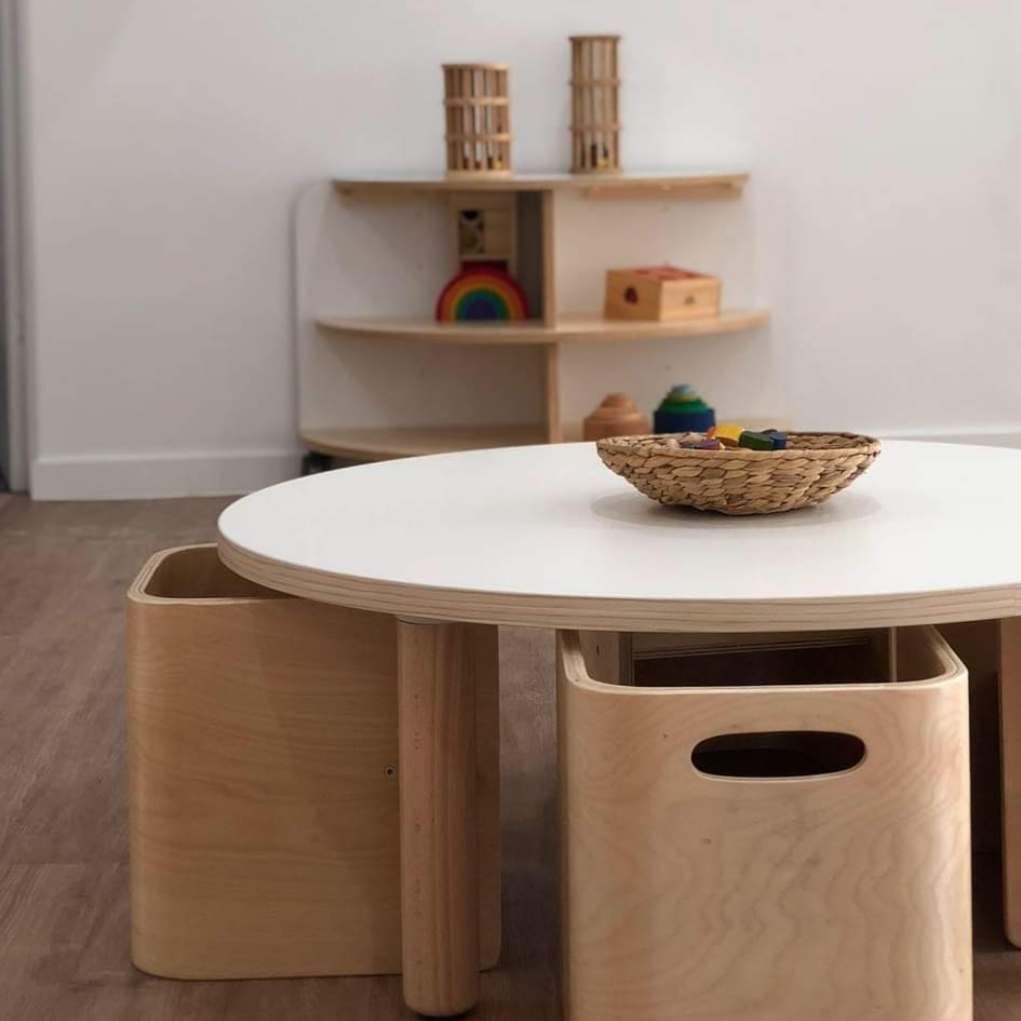
The Wonderful, Positive Effects Gardening Has on Child Development
Early Education centres, Pre-schools & Kindergartens have a great opportunity to incorporate gardening into their learning processes, to aid child development and give little ones an important sense of accomplishment.
The Benefits of Gardening for Children
Gardening for children is not only fun, but it also helps children grow and experience a whole new world. Here are some of the key advantages:
- Responsibility and love of nature: Growing things teaches children valuable lessons. Responsibility is one of them. Consistency is required to keep plants alive and eventually reach the harvest stage. Love for nature and a basic understanding of biology/plant science can also be acquired through gardening.
- Physical exercise: Gardening is a gentle form of physical activity that will keep little ones moving for extended periods of time.
- Healthier eating habits: Everybody who has had to deal with a toddler or a slightly older youngster knows how difficult it can be to get kids eating veggies. When children grow a plant from a seed, they are more likely to engage in healthier eating habits due to the sense of accomplishment. Children will be proud to eat what they’ve created and an educator can seize the opportunity to explain the basics of healthy eating.
- Fine motor development: Placing seeds in pots, getting them covered in soil, watering the plants and picking fruits all improve fine motor skills. These fine motor skills can later on contribute to learning valuable academic skills like writing and cutting shapes.
- An introduction to scientific concepts: Outdoor games that focus on gardening can acquaint kids with some basic scientific principles, for example: how sunlight and water help plants grow. In addition, children can understand what the scientific process is by forming a hypothesis during every step of the way and observing progress to find out whether the hypothesis is true (what will happen to seeds when they’re watered every day? How long would it take for seeds to germinate and sprout?).
Safety Considerations
Outdoor games that focus on gardening can be introduced into your curriculum effortlessly. The only thing to keep in mind is that a few safety precautions are to be introduced for a fun and completely harmless experience. The right protective gear can include safety goggles, long pants and sturdy shoes. Gardening gloves are also a good idea. When going out in the sun, children should be appropriately covered in sunscreen as gardening typically necessitates at least 30 minutes to an hour per day.
The gardening equipment itself should be basic. Watering cans, hand trowels , a child-sized wheelbarrow, planting pots and a child-sized shovel are the types of equipment that children can use safely under adult supervision.
A few final safety steps may include the following:
- Doing a gentle warmup before children start gardening
- Rotating tasks between teams to avoid repetitive movements
- Teaching children about the right tools to use for each task
- Avoiding the use of garden chemicals (natural pesticides and fertilizers are a much better choice)
- Providing shade and getting children to drink plenty of fluids
Incorporating Gardening into Childcare Centre Activities
If you’re looking for specific activities and outdoor games that focus on gardening, here are a few suggestions:
- Garden scavenger hunt when it’s harvest time: Ask children to collect a specific number of each fruits or veggies grown in the garden (for example – one tomato, one cucumber and five pea pods).
- Gardening Olympics: Have teams of children growing plants and caring for them throughout the year. The Olympic games will have several disciplines like growing the largest pumpkin, the longest cucumber, harvesting the biggest number of strawberries, etc.
- Garden guardians: This game focuses on children protecting the plants in the centre’s garden by identifying weeds correctly and eliminating those.
- Build a natural snail trap: Snails are common pests. This game teaches children why they’re bad for the plants, how snails can be chased away and what it takes to build a DIY snail trap.
- Build bird feeders to place in the garden: Certain bird species can offer natural protection from pests. A fun activity could have children building feeders to attract birds and observe them in action.
These are just a few possibilities. What most essential is identifying age-appropriate activities that feature either a fun or a competitive element for the children to fully enjoy themselves. To make outdoor activities exciting, you will need the right supplies and materials. Step4 have an extensive range of outdoor gardening products, ideal for a childcare setting.
Contact us today to find out more.











